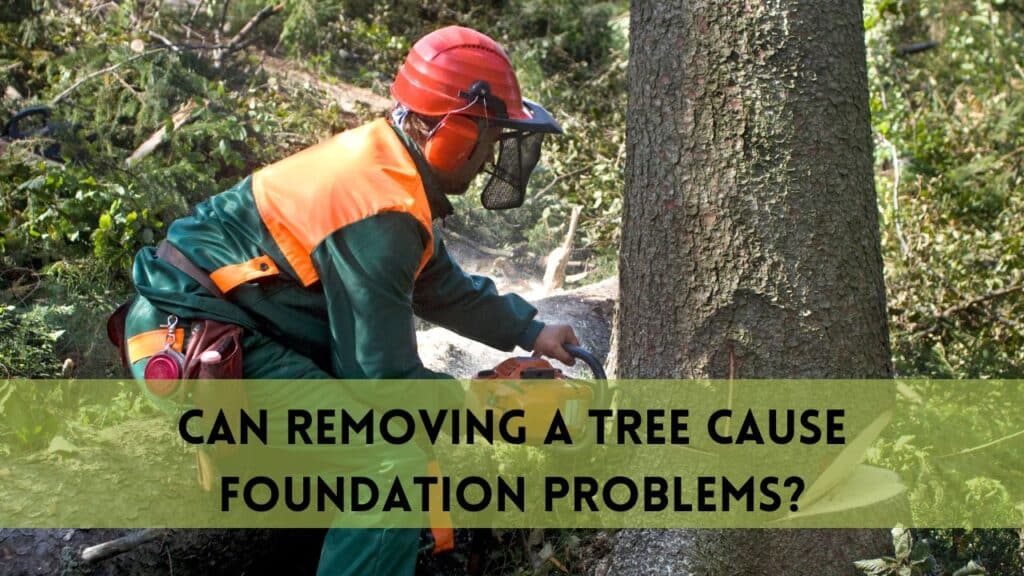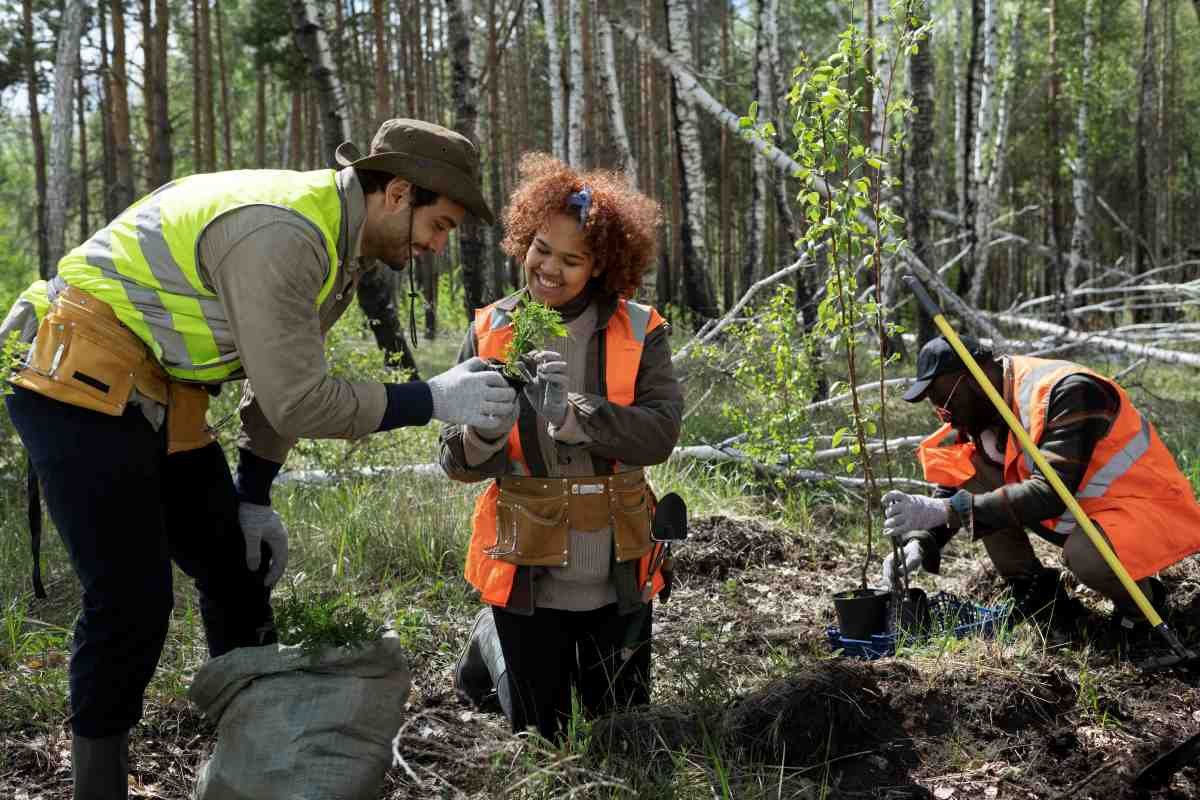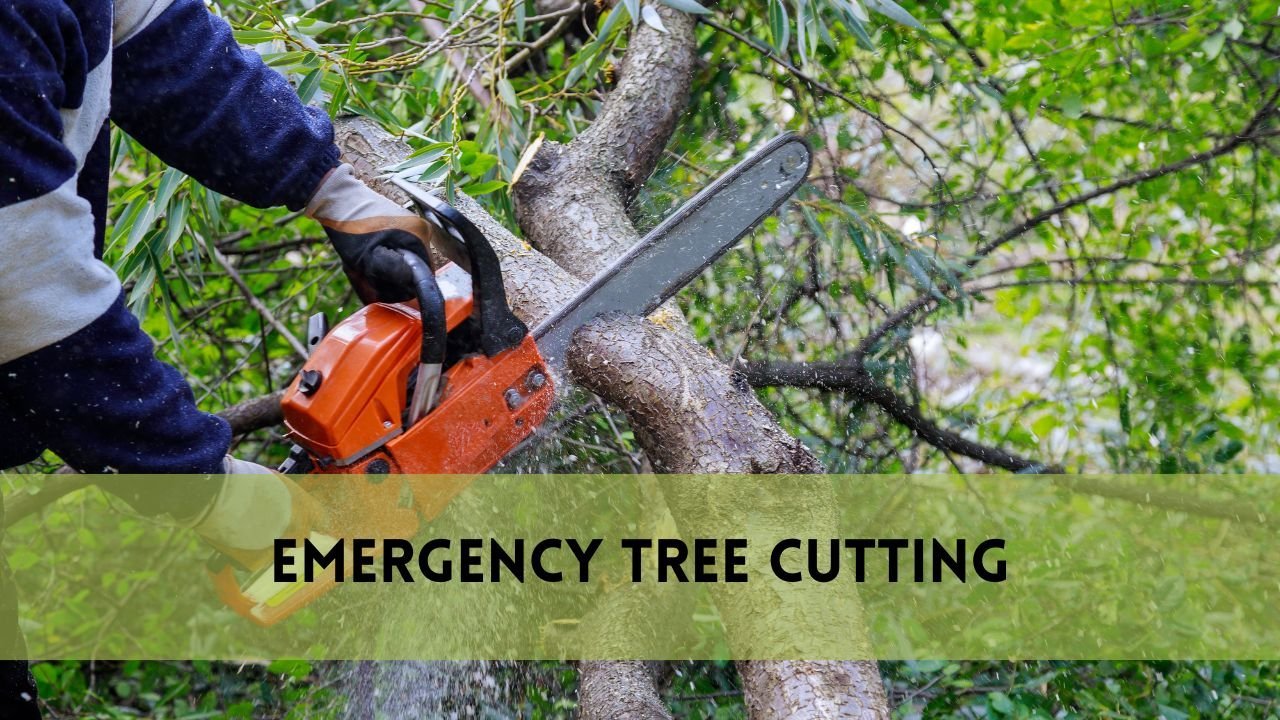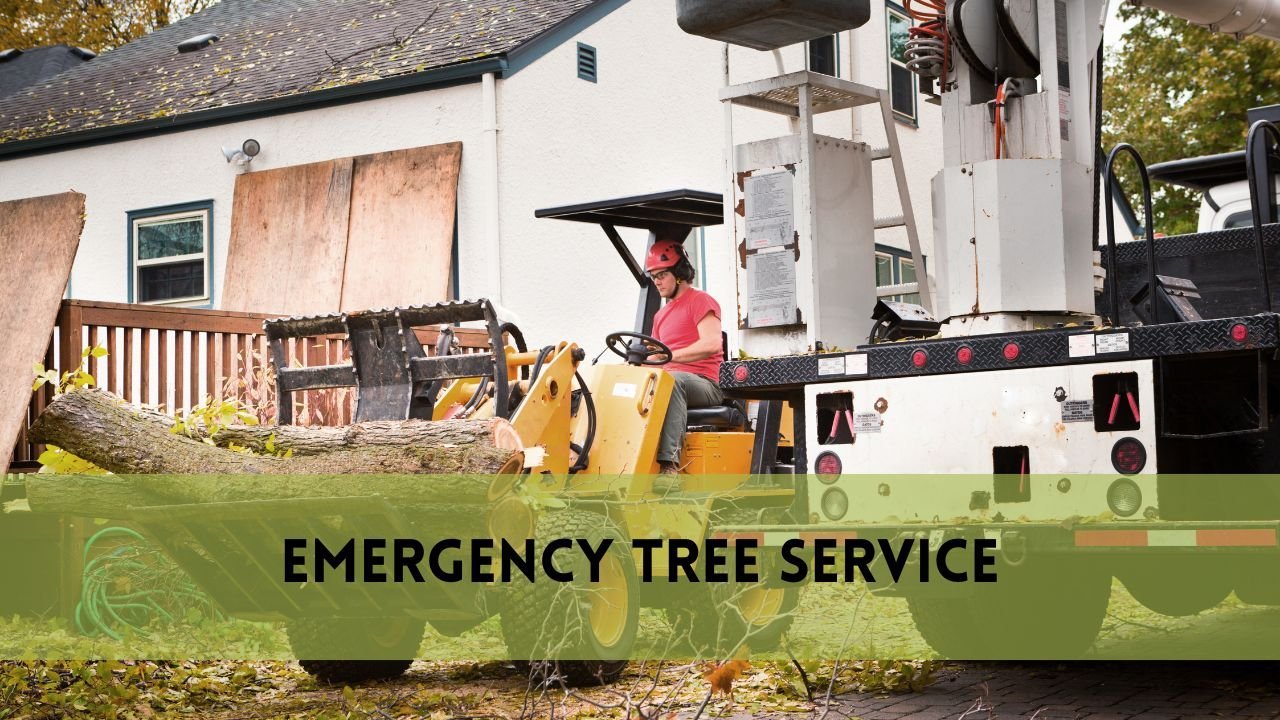Trees, those majestic beings that stand tall and proud in our yards, offer shade, beauty, and a sense of tranquility. However, have you ever wondered, can removing a tree cause foundation problems? The answer might surprise you.
Understanding the Impact of Tree Removal on Foundations
When we decide to bid farewell to a tree in our yard, whether due to disease, age, or space constraints, we often overlook the potential consequences on our home’s foundation. Yet, trees and foundations share a subtle but crucial relationship.
The Role of Trees in Foundation Stability
Trees, with their sprawling roots, provide more than just aesthetic appeal. They also play a pivotal role in maintaining soil integrity. As roots expand, they interlock with soil particles, creating a sturdy network that helps prevent soil erosion and movement. This stable soil base is vital for the integrity of your home’s foundation.
Removing a Tree Effect
Now, imagine removing a tree from this equation. The once-interlocked soil is now susceptible to shifts and movements. As the roots decay, the soil loses its structure, leading to potential issues such as soil compaction and settling.
Understanding Foundation Problems
Foundation problems can manifest in various forms, from hairline cracks to uneven floors. These issues often stem from changes in the soil composition and moisture levels surrounding your home. And guess what? Tree removal can exacerbate these problems.
The Impact of Root Decomposition
As tree roots decompose, they leave behind voids in the soil—a vacuum that can cause the surrounding soil to settle. This settling, in turn, creates an imbalance in the soil’s support system, exerting uneven pressure on your home’s foundation.
Soil Moisture Imbalance
Moreover, trees act as natural moisture regulators, absorbing excess water from the soil during periods of heavy rainfall and releasing it during dry spells. Without trees, the soil’s moisture levels can fluctuate dramatically, leading to expansion and contraction—factors that can compromise your foundation’s stability.
Can Removing a Tree Cause Foundation Problems?
How can you tell whether foundation issues have resulted from a tree removal? Watch out for warning indicators like:
Cracks: Inspect your home’s walls, floors, and external brickwork for any signs of cracking. These little fissures may eventually enlarge, signifying movement or settlement in the foundation.
Windows and Doors: Take note if it suddenly becomes difficult for your windows and doors to open or close smoothly. Operating windows and doors might be difficult when there is movement in the foundation because the structure moves out of line.
Sloping Floors: Walk through your home and pay attention to any noticeable slopes or unevenness in the floors. Sloping floors can indicate that the foundation is no longer level, possibly due to soil movement or settling beneath the structure.
Pooling Water: After rainstorms, check around the perimeter of your home for pooling water. Excessive water pooling near the foundation can indicate drainage issues, which may be exacerbated by changes in soil composition following tree removal.
By recognizing these signs early on, homeowners can take proactive steps to address potential foundation problems before they escalate. Regular inspections and vigilance can help mitigate the risks associated with tree removal and its impact on the structural integrity of your home.
Prevention is Key for Foundation
While removing a tree might seem like a straightforward task, its implications on your home’s foundation are anything but. So, what can you do to prevent potential problems?
Consultation with Experts
Before you pick up that chainsaw, consider consulting with a certified arborist or a structural engineer. These professionals can assess the situation and provide valuable insights into the best course of action.
Strategic Tree Removal that Will Not Harm Foundation
If tree removal is inevitable, opt for strategic removal techniques that minimize soil disturbance. Additionally, consider planting replacement trees to help maintain soil stability and moisture balance.
Foundation Maintenance
Regular foundation inspections can help catch problems early on, preventing costly repairs down the line. Be proactive in monitoring changes in your home’s structure and seek professional assistance if needed.
FAQs
Can removing a tree really cause foundation problems?
Yes, removing a tree can potentially disrupt the soil composition and moisture balance around your home’s foundation, leading to issues like settling, soil compaction, and instability.
How soon after tree removal might foundation problems occur?
Foundation problems may manifest gradually over time after tree removal. It’s essential to monitor for signs of foundation issues such as cracks, uneven floors, or difficulty in opening doors and windows.
Are there specific types of trees more likely to cause foundation problems?
Certain tree species with invasive root systems, such as willows, maples, and oaks, may pose a higher risk of causing foundation problems due to their extensive root growth and water absorption capabilities.
Can planting new trees help prevent foundation problems after removing an old tree?
Yes, strategically planting new trees away from the foundation can help maintain soil stability and moisture balance, reducing the risk of foundation issues caused by tree removal.
What should I do if I notice signs of foundation problems after removing a tree?
If you suspect foundation problems after tree removal, it’s crucial to consult with a certified arborist or structural engineer. They can assess the situation, recommend corrective measures, and help prevent further damage to your home’s foundation.
Conclusion
In conclusion, the answer to whether removing a tree cause foundation problems is a resounding yes. Trees and foundations share a delicate dance—one that, when disrupted, can have far-reaching consequences.
By understanding the impact of tree removal and taking proactive measures, you can safeguard your home’s foundation for years to come. So, before you bid farewell to that towering oak, consider the implications it might have on the very foundation of your home.





